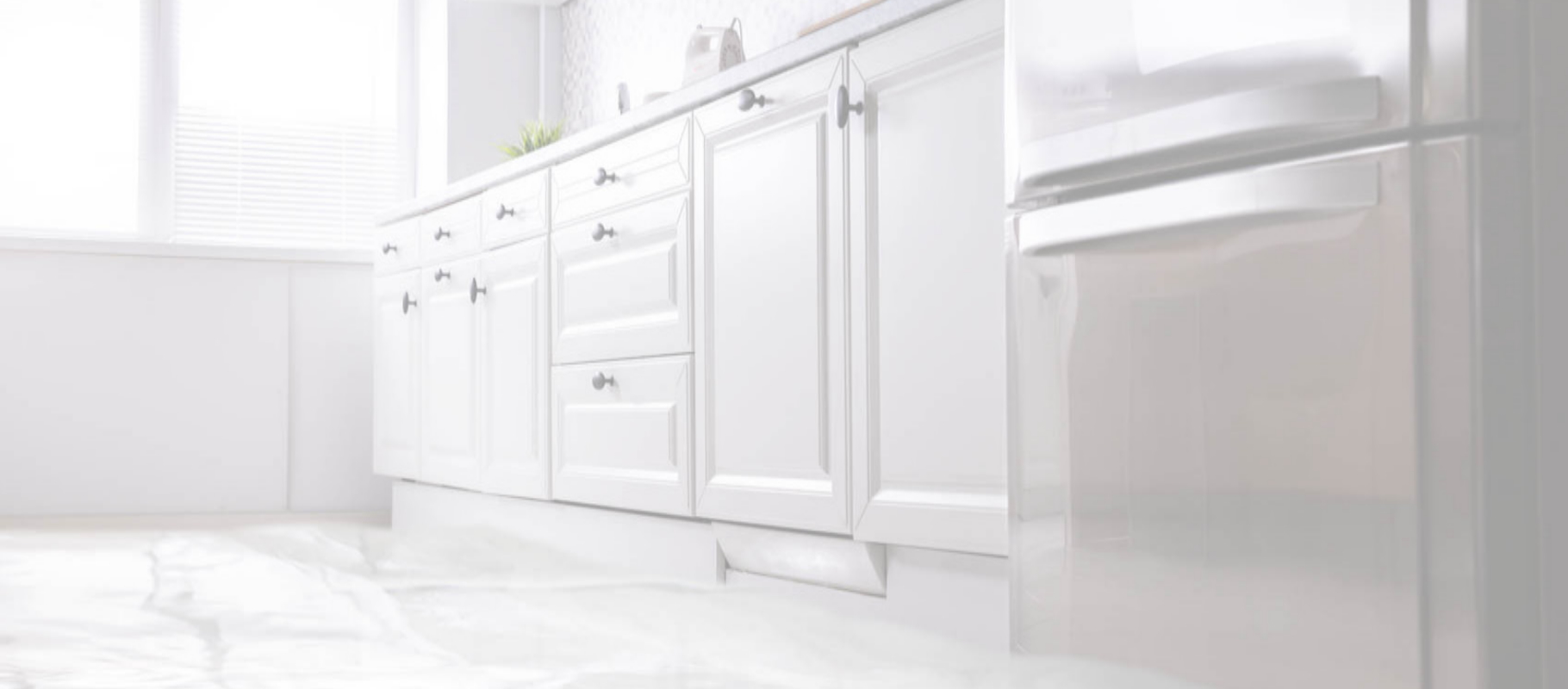24/7
Emergency Services
We Work Directly
With Your Insurance Company
We Help
Save You Money
Does Your Connecticut Home Have Invisible Mold Growth?

When you see a mold problem in your bathroom or basement, you know that you need to get it taken care of quickly. Mold has serious health risks, and can cause equally serious damage to your home. Unfortunately, there are also many areas where mold can grow that you won’t be able to see.
Hidden mold can grow in basements, attics, above your ceiling and inside your walls, inside your heating, ventilation and air conditioning (HVAC) ducts, behind cabinets and furniture, and under your carpet and floorboards. Just because you don’t notice it doesn’t mean it isn’t causing major problems - here is what you need to know about this invisible issue.
Why Does Mold Grow in Hidden Areas?
Mold needs moisture, moderate temperatures, and natural materials in order to grow. These conditions are present in many hidden parts of your home. The most common cause for hidden mold growth is water intrusion in the affected area.
Roof leaks can run down between the walls, and small plumbing leaks go unnoticed. Appliances can leak, and groundwater can come into your basement and seep upwards. Unexpected floods can leave behind moisture in areas you can’t access. Temperature contrasts can cause condensation, and incorrect venting can allow moisture to build up indoors. These hidden issues are not always easy to identify, but fortunately there are other ways Connecticut homeowners can identify the presence of mold - here are four.
Four Ways To Find Hidden Mold Growth In Your Home
Look For The Source of a Musty Odor
Musty or earthy smells in your Westport home can mean that the mold is growing in a damp area. Larger amounts of mold growth will smell stronger the closer you get to the source.
Locate Leaks and Other Sources of Moisture
Moisture is the main cause of mold growth, so checking for leaks and other water-related problems is one of the best ways to find the source of hidden mold. Check your plumbing, water lines to appliances, roof, doors, and windows. Look for signs of leaks like warping or bubbling of surfaces. Finally, check your water bill for any unexpected increases.
Check Your HVAC Ductwork
Your ductwork can be a common source of hidden mold, particularly if you smell that musty or earthy smell when your HVAC system runs. Contrasts in temperature and poorly insulated ducts can cause condensation to form, and this moisture can end up both in the ducts as well as in areas like your attic and drywall.
Inspect Under Your Flooring
Particularly if an area suffered from a sudden flood or slow leak, you need to check for water stains and mold under your flooring. There may be hidden mold on your floor or subfloor. Mold infestations on carpeting are hard to restore, and your carpet may need to be replaced.
Will Hidden Mold Make My Family Sick?
Even though you can’t see hidden mold, it can still cause major health problems for your family. Exposure to larger than normal amounts of mold can cause allergic and respiratory symptoms. People with current respiratory conditions like allergies, asthma, or emphysema, and people with a compromised immune system are the most at risk. Symptoms of illnesses caused by indoor mold can include:
- Nasal and sinus congestion
- Eye irritation like itchy, red, watery eyes
- Wheezing, shortness of breath and difficulty breathing
- Cough and Throat irritation
- Skin irritation and rashes
- Headaches
Protect Your Family and Home from Hidden Mold with Help From Riverside Restoration
In addition to potentially making your family sick, hidden mold can cause major damage to your home. It’s not something you can afford to ignore, in any way. At Riverside Restoration, we are experts in both water damage restoration and mold remediation. We have advanced industry tools and techniques we will use to safely find and remove the hidden moisture and mold in your house in order to protect your home and family. Don’t wait - contact us for help today.
Need Help with Restoration & Remediation?
Contact Riverside Restoration

